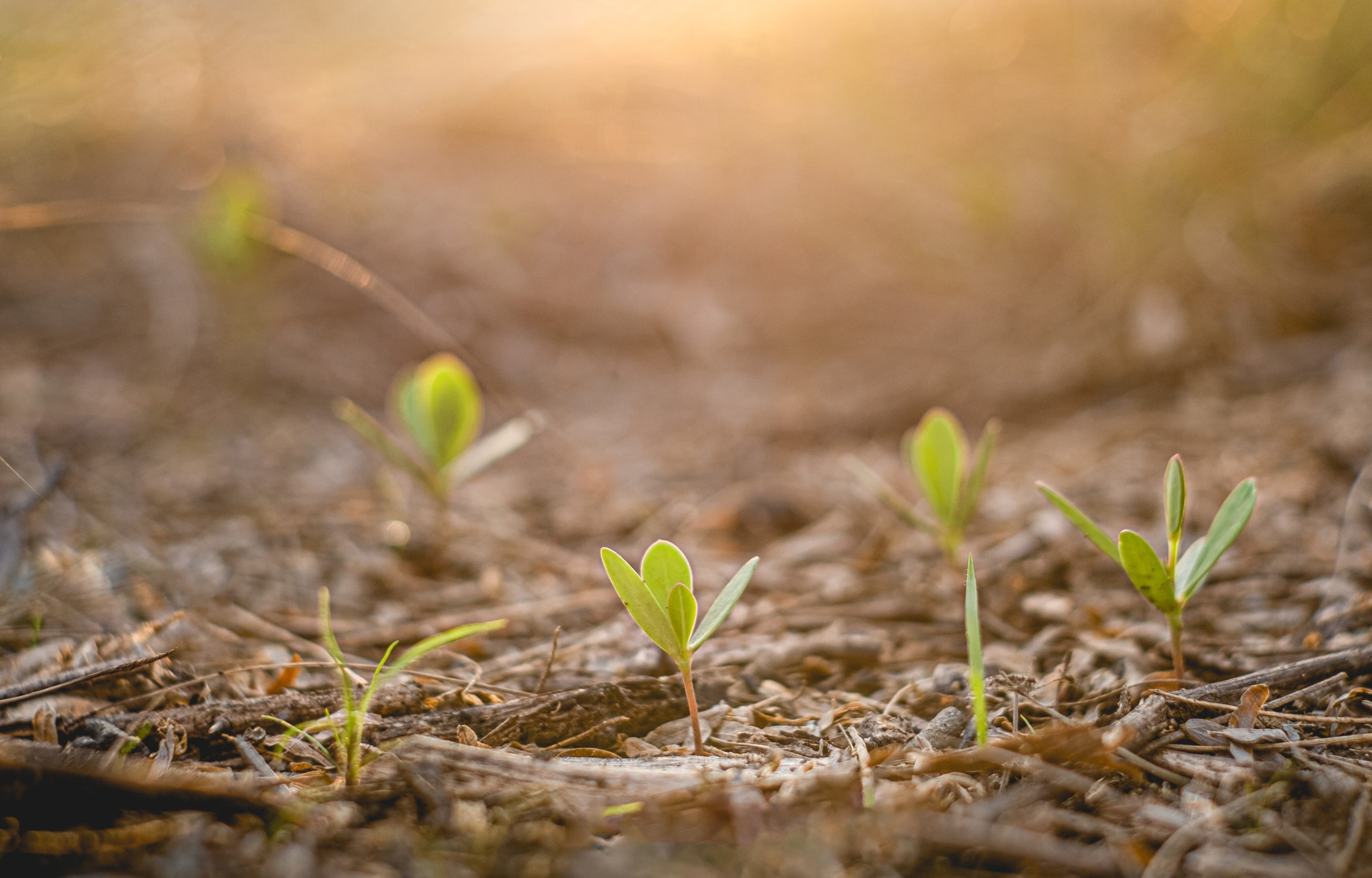Thu Jan 22, 2015 3:34pm EST
By Richard Valdmanis
BOSTON (Reuters) – Harvard University has quietly become one of the biggest grape growers in California’s drought-stricken Paso Robles wine region, securing water well drilling permits to feed its vineyards days before lawmakers banned new pumping, according to records reviewed by Reuters.
The investment, which began as a bet on the grape market, has turned into a smart water play as the wells boosted the value of its land in the up-and-coming wine region of Paso Robles. But it has also raised questions about the role of big investors in agriculture in the midst of a water crisis.
“It remains to be seen what commitment they have to the business of agriculture,” said Susan Harvey of environmental advocacy group North County Watch, which has been following the drought closely. “Is Harvard going to keep pumping ground water, or cut back on returns to protect water quality and quantity?”
Brodiaea Inc, wholly owned by the secretive $36 billion Harvard endowment fund, has spent more than $60 million to purchase about 10,000 acres in Santa Barbara and San Luis Obispo counties since 2012, making it one of the top 20 growers in Paso Robles.
Harvard Management Company, which runs the fund, declined to comment, citing a policy of not discussing individual investments. Brodiaea officials did not respond to repeated phone messages.
Dana Merrill, who owns a vineyard services firm near Paso Robles and sold land to Brodiaea in 2012, said the company was among several big investors that have entered the wine grape market in California in recent years. He said he didn’t believe Brodiaea’s land buys were part of a well-timed water play.
“You’ve got a value-added product, you’ve got agricultural real-estate as a hedge against inflation, and if you can be smart about operating it you can come up with a pretty consistent cash flow that can produce a return on investment that is not as volatile as other products,” he said.
Real estate brokers said irrigable land in the heart of the Paso Robles region is running about $15,000 to $20,000 per acre, versus $3,000 for an acre of dry pasture – a spread that has widened sharply as the drought has tightened its grip.
BUYING SPREE
Since it began its buying spree – which coincided with the start of California’s latest drought – Brodiaea has acquired rights to drill 16 water wells of between 700 and 900 feet deep, two or three times deeper than the average residential well, according to county records. Deeper wells will continue to give them access to water as shallower wells run dry.
“The area they bought in has some of the best groundwater in the region, and having working wells puts their investment in a strong position,” said David Hamel, a local real-estate appraiser.
No environmental advocacy group has accused Brodiaea of trying to profit from the drought, but North County Watch’s Harvey said the drilling of deep wells in the Paso Robles wine region has the potential to exacerbate problems for locals.
“A deep well pumping high volume can draw down wells up to a mile away,” she said.
As local lawmakers were trying to figure out how to deal with the worsening water shortage in Paso Robles in 2013, Brodiaea and a number of other investors, agricultural land owners and residents moved fast to secure water rights.
The company got permits for seven 800-foot wells on Aug. 21, 2013, six days before a ban on new pumping from the hardest-hit part of the basin took effect, according to previously unreported data from the records.
RISING PRICES
An analysis published by real estate investment company Pacifica Real Estate Group this week said it expected Paso Robles irrigable land prices to rise further due to increased interest from investors from Napa Valley and Sonoma, where an acre now fetches between $75,000 and $100,000. But, “with a three-year drought upon Paso Robles, good water supply will be one of the biggest factors.”
Harvard’s investment arm, often a pioneer in new asset classes, has faced criticism in the past for some of its timber and energy investments and last year the school signed on to U.N.-backed principles for responsible investment.
Investments in natural resources were a priority for Jane Mendillo who lead the endowment until December. She has been replaced by insider Stephen Blyth.
For the fiscal year that ended June 30, Harvard’s endowment returned 15.4 percent and for the last 20 years it returned an average 12.3 percent a year. During the most recent year, investments for natural resources returned 9 percent, beating the benchmark’s 7.5 percent return.
(Additional reporting by Svea Herbst-Bayliss,; editing by Ross Colvin)


